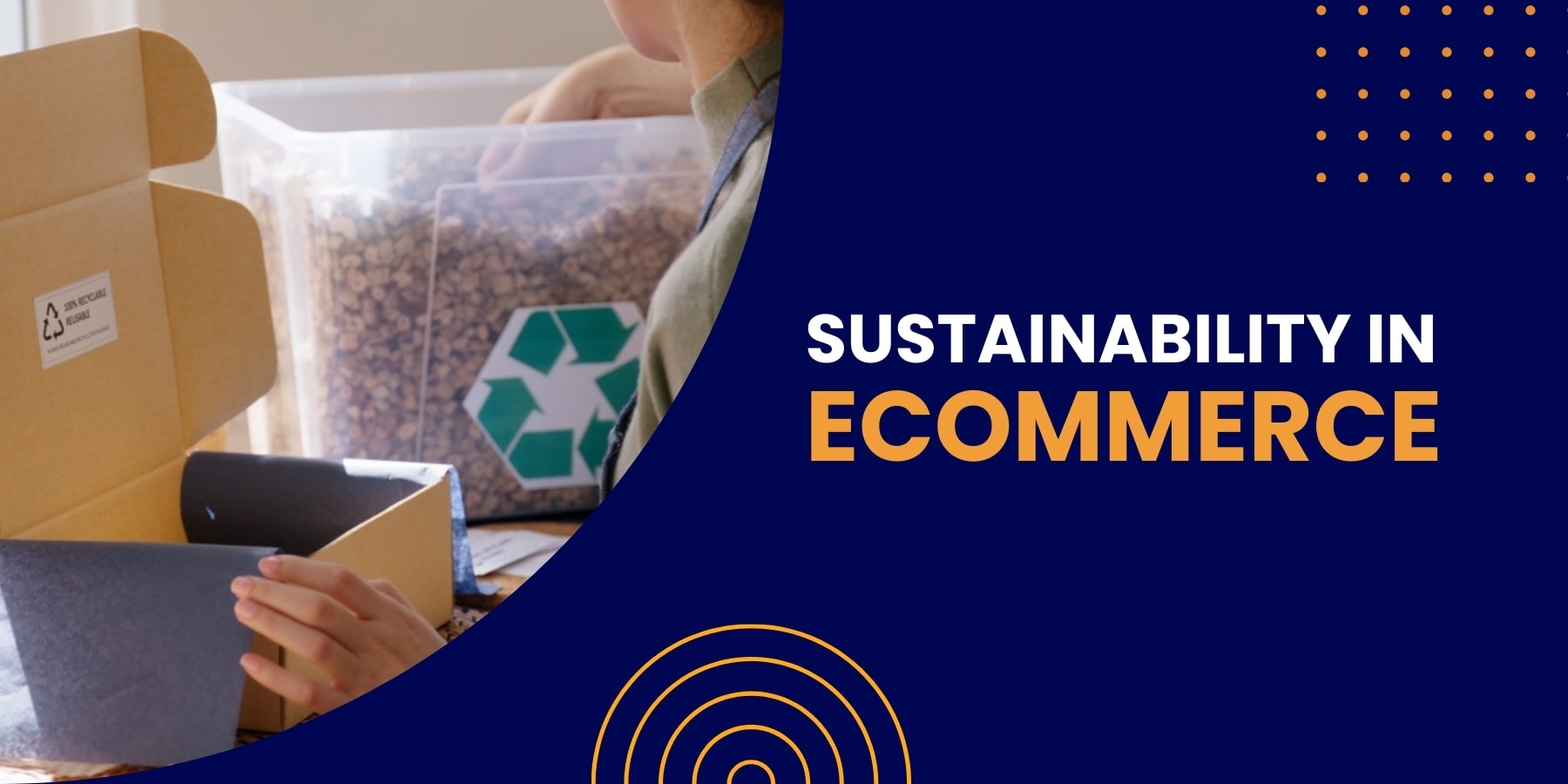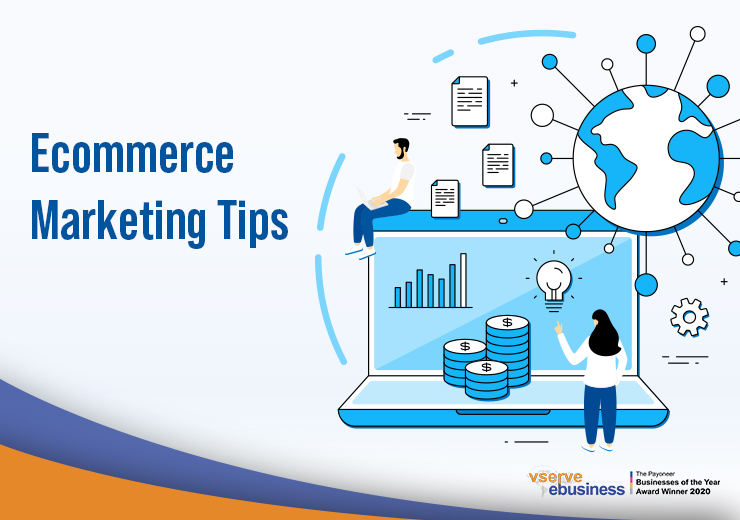
As we navigate through the digital era, the importance of e-commerce cannot be overstated. It has not only transformed the way businesses operate but also how consumers shop. Yet, as an e-commerce enthusiast and advocate for sustainability, I’ve often pondered the environmental impact of digital commerce.
The carbon footprint associated with maintaining online platforms, data storage, and digital transactions is a growing concern. However, the good news is, revolutionizing your e-business with a zero carbon footprint is not only possible but increasingly becoming a competitive advantage. Here’s how you can embark on this transformative journey toward sustainable e-commerce.
Table of Contents
Understanding E-Commerce in the Digital Era
E-commerce, in its essence, involves buying and selling goods and services over the internet. It encompasses a wide range of activities, from online retail and electronic transactions to automated data collection systems. An effective e-commerce management system is crucial for any digital business, ensuring efficient operations, customer satisfaction, and scalability.
However, as our digital footprints grow, so does our environmental impact. This realization has led me to explore sustainable e-commerce solutions that prioritize eco-friendliness without compromising on efficiency or profitability.
 The Path to a Carbon Neutral E-Commerce
The Path to a Carbon Neutral E-Commerce
Achieving a carbon neutral ecommerce status, where your net carbon emissions are zero, is a commendable goal for any e-business. Here’s a roadmap to get you started:
1. Energy Efficiency
Optimize your website and servers for energy efficiency. This could involve using energy-efficient coding, reducing server requests, and optimizing images and videos to load faster and consume less power.
2. Green Hosting
Choose a web hosting service that runs on renewable energy or invests in carbon offsetting initiatives. Many providers now offer green certificates to their clients.
3. Sustainable Practices in Operations
Implement sustainable practices in your operations, from eco-friendly packaging and shipping to ethical sourcing of products. Every aspect of your supply chain should reflect your commitment to sustainability.
4. Carbon Offsetting
Invest in carbon offset programs to balance out any emissions you cannot eliminate. This can include tree-planting initiatives or investing in renewable energy projects.
5. Transparency with Customers
Communicate your sustainability efforts to your customers. This not only builds trust but also encourages them to make more eco-conscious choices.
6. Renewable Energy Integration
Directly power your operations with renewable energy by installing solar panels or subscribing to a green power provider. For e-commerce businesses with physical locations such as offices or warehouses, this step significantly reduces your carbon footprint.
7. Eco-friendly Website Design
Beyond optimizing for energy efficiency, consider your website’s overall design and functionality to minimize energy consumption. This can include simplifying website design, using more static content over dynamic content when appropriate, and implementing a dark mode option for energy savings on user devices.
8. Supply Chain Optimization
Analyze your entire supply chain for opportunities to reduce carbon emissions. This could involve selecting suppliers who also commit to carbon neutrality, optimizing logistics to minimize transportation emissions, or choosing local suppliers to reduce the distance goods need to travel.
9. Product Lifecycle Management
Develop a system for managing the lifecycle of your products in an environmentally friendly way. This includes designing sustainable products, such as using recyclable materials and implementing product returns, recycling, or refurbishing programs to minimize waste.
10. Digital Product Passports
Implement digital product passports for your items. These passports can provide detailed information on product sourcing, production, and disposal recommendations, enabling consumers to make informed decisions that align with their environmental values.
 Leveraging E-Commerce Management Services for Sustainability
Leveraging E-Commerce Management Services for Sustainability
E-commerce management services can play a pivotal role in transitioning to a sustainable digital business model. These services can help:
- Analyze your current carbon footprint to identify key areas for improvement.
- Implement eco-friendly website management practices, optimizing your online presence for lower energy consumption.
- Advise on sustainable packaging and shipping solutions, helping reduce your operational carbon footprint.
Engaging with providers that prioritize sustainability can significantly enhance your efforts to become a carbon-neutral e-commerce business.
Sustainable Digital Business: Beyond Carbon Neutrality
Achieving carbon neutrality is a significant milestone, but sustainable e-commerce goes beyond just balancing carbon emissions. It involves:
- Ethical Sourcing: Ensuring that all products sold are sourced in an ethically and environmentally responsible manner.
- Waste Reduction: Implementing strategies to minimize waste throughout the supply chain, from production to packaging.
- Supporting Sustainable Initiatives: Engaging in or supporting projects that contribute to environmental sustainability, such as ocean cleanup efforts or renewable energy projects.
Sustainable e-commerce is a holistic approach that considers the environmental, economic, and social aspects of business operations.
The Benefits of Sustainable E-Commerce
The transition to a sustainable e-commerce model is not just about reducing environmental impact; it also offers several tangible benefits:
- Brand Differentiation: In a market increasingly conscious of environmental issues, a commitment to sustainability can set your e-business apart.
- Customer Loyalty: Customers are more likely to remain loyal to brands that share their values, including sustainability.
- Long-Term Cost Savings: Initiatives such as energy efficiency and waste reduction can lead to significant cost savings over time.
- Regulatory Compliance: With environmental regulations becoming stricter, early adoption of sustainable practices can give you a head start in compliance.
 Common Questions on the Journey to Sustainability
Common Questions on the Journey to Sustainability
- What is e-commerce in management information system? It’s the integrated system that supports online business activities, combining hardware, software, and strategies to ensure efficient operations and customer satisfaction.
- How to become a net-zero business? Start by reducing energy consumption, switch to renewable energy sources, implement sustainable practices across operations, and invest in carbon offsetting for emissions that cannot be eliminated.
- What is sustainable e-commerce? It refers to conducting online business in a manner that minimizes its environmental impact and contributes positively to society, focusing on long-term sustainability over short-term gains.
Key Takeaways
As we wrap up our guide to achieving a zero carbon footprint in e-commerce, it’s clear that sustainability in e-commerce is not just beneficial but essential for modern e-businesses. Here are three key takeaways to remember:
- Adopt a Multifaceted Approach: Achieving carbon neutrality in e-commerce requires a comprehensive strategy, from optimizing energy efficiency to engaging in sustainable operations and supply chain practices.
- Leverage Innovation and Collaborate: Use technological innovations and collaborate within your industry to effectively implement and enhance sustainable practices.
- Prioritize Transparency and Improvement: Be transparent with your customers about your sustainability efforts and commit to continuous improvement to build trust and loyalty.
We invite you to join the conversation about sustainable e-commerce by sharing your thoughts and experiences in the comments. For more insights and the latest customer support strategies, follow us on Facebook, Instagram, and Linkedin. Let’s work together towards a more sustainable digital marketplace.








